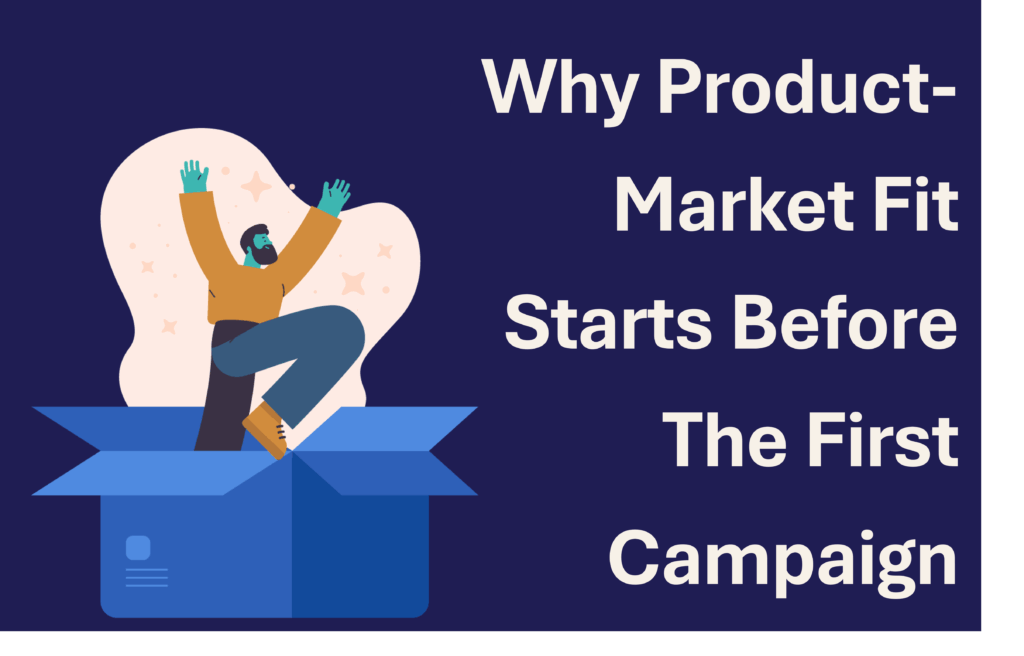When I started my first job at Elastic Grid, I worked with major IT companies, helping their resellers market their products. My role focused on email marketing. We built landing pages, wrote email copy, and created templates for their partners to send.
It was a straightforward process. Resellers gave us their email lists, and we managed the nurture campaigns. We tracked performance, shared reports, and looped in sales when needed.
But right away, something felt off. The messaging was painfully generic. Every email read like it could have been sent to anyone, anywhere. And when I looked closer at the lists, I realized we had useful information sitting there that we were completely ignoring. I couldn’t stop thinking about how much better the results could be if we used that data to tailor our message.
So I started doing the extra work. I built segments, personalized the messaging, and adjusted my approach based on who was receiving the email. It took more time. But it worked.
My campaigns outperformed the others. Higher open rates, stronger conversions, and real pipeline impact. That early experience changed how I think about marketing. Segmentation isn’t a checkbox. It’s a competitive edge. And when done right, it changes everything.
The 5+1 Types of Segmentation (And Why They Matter)
MMost marketers talk about four types of segmentation. In reality, there are six that you should be thinking about if you want to see real results.
Demographic Segmentation
This is the basic stuff—age, income, education, job title, marital status. It’s easy to get and even easier to overuse. Knowing someone is a 34-year-old engineer tells you almost nothing about why they buy.
Behavioral Segmentation
This is where it gets more useful. How often someone buys, what they click, how they engage with your emails or products. These behaviors tell you what matters to them far more than any job title ever could.
Psychographic Segmentation
This one is more nuanced. It’s about beliefs, motivations, personality traits, and lifestyle. It’s harder to research but incredibly valuable. People make decisions based on identity, not just need. If you can tap into how they see themselves, your messaging hits differently.
Geographic Segmentation
It sounds simple, but geography matters. Someone living in a snowy climate shops differently than someone in the desert. Culture, region, and even time zone can influence buying behavior.
Firmographic Segmentation
This is your go-to for B2B. Company size, industry, growth stage, revenue, tech stack. If you’re selling enterprise software, it’s critical to know whether you’re talking to a startup or a global corporation.
Technographic Segmentation
What tools do they already use? If your platform works best with HubSpot, there’s no point targeting teams that rely on Salesforce. This kind of targeting helps avoid wasted effort and budget.
Most companies need a mix of these. The power isn’t just in knowing what the segments are. It’s in how you apply them.
The Most Misunderstood Type: Behavioral Segmentation
BehThis is where things often go wrong.
Behavioral data is one of the best predictors of what someone will do next. But most teams either overlook it or use it in shallow ways.
Let’s say you run a SaaS company. You have two users:
- One logs in daily, uses key features, but hasn’t upgraded from a free trial.
- The other bought a premium plan three months ago but hasn’t logged in since.
Which one do you prioritize?
Instinct might say to push the free user to convert. But the paying user is at risk of churning. That’s the one you should be re-engaging.
Other behavioral signals to track:
- Purchase frequency (one-time vs repeat buyers)
- Engagement level (email opens, site visits, webinar attendance)
- Trigger points (do they convert after a discount or a demo?)
Behavior tells you what people care about. If you’re only segmenting by who they are on paper, you’re missing the bigger picture.
Segments Should Help You Make Money
Too many segmentation efforts end up as PowerPoint slides instead of actual revenue-generating strategies. Almost every company I’ve worked at had the best-case scenario of a PowHere’s the part most companies miss. They build beautiful segmentation models, present them in a deck, and then never do anything with them.
I’ve seen it happen at nearly every company I’ve worked with. Smart marketers build smart slides. But when it’s time to launch a campaign, the segments get ignored.
That defeats the purpose.
Segmentation should guide decisions. Every segment should make you ask, “What are we doing differently because of this?”
Here’s what good segmentation enables:
- Smarter targeting. If your best customers are frequent travelers, tailor your messaging to that lifestyle.
- Higher conversion rates. If your sweet spot is mid-sized tech companies, don’t waste ad dollars on solopreneurs.
- Better product decisions. If a large portion of your users keep asking for the same feature, that’s a roadmap priority.
If a segment doesn’t lead to a clear action, it’s not useful. It’s just theory.
Good Segmentation Should Feel Obvious in Hindsight
The best segmentation work doesn’t just give you categories. It gives you clarity.
If you walk away with insights that feel obvious—but only after you’ve seen the data—that’s a sign you’ve done it right.
Segmentation should make everything easier. It should sharpen your marketing, simplify your messaging, and help your sales team prioritize the right opportunities.
The marketers I see doing this well are not the ones following templates. They are the ones asking better questions about who their audience really is, and what they actually need.
So take a second look at your segments. Are they helping you drive results, or are they just sitting in a slide deck?
If they’re not moving the business forward, it’s time to start again.




